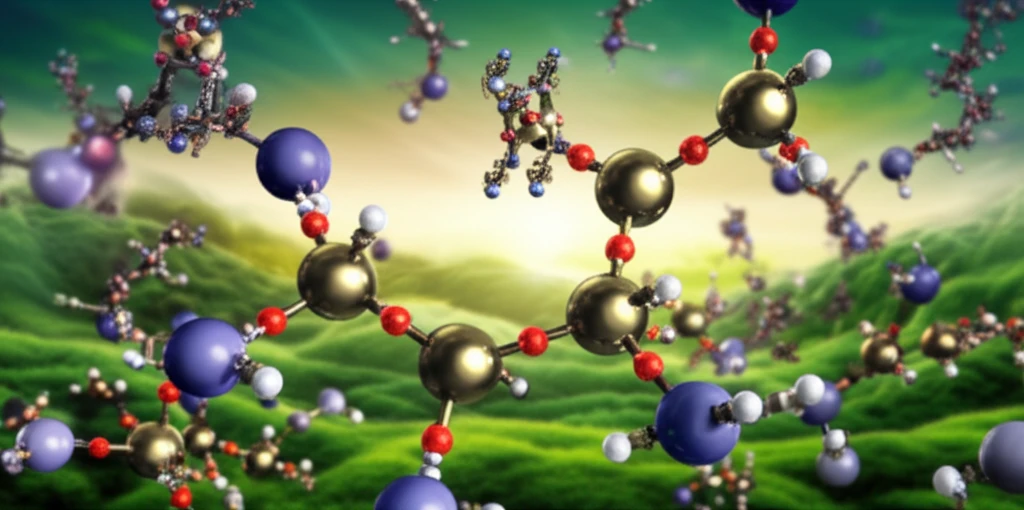
Unlock the Secrets of Green Chemistry: How New Catalysts are Revolutionizing Sustainable Reactions
"Discover how innovative nickel and SPO catalysts are paving the way for aluminum-free, eco-friendly chemical processes."
In an era increasingly defined by the urgent need for environmental responsibility, the field of chemistry stands at a crucial crossroads. Traditional chemical processes, often reliant on hazardous materials and energy-intensive methods, contribute significantly to pollution and resource depletion. Green chemistry, an innovative approach, seeks to transform this landscape by designing chemical products and processes that minimize or eliminate the use and generation of hazardous substances.
At the heart of green chemistry lies the development of catalysts—substances that speed up chemical reactions without being consumed themselves. These catalysts act as the workhorses of sustainable chemistry, enabling reactions to occur more efficiently, under milder conditions, and with fewer byproducts. Recent breakthroughs in catalyst technology promise to revolutionize various industries, from pharmaceuticals to materials science.
This article delves into the groundbreaking research surrounding a novel class of catalysts based on nickel and secondary phosphine oxides (SPO). These catalysts facilitate a specific type of chemical reaction known as C-H activation, a process that selectively modifies carbon-hydrogen bonds in molecules. This new approach offers a greener alternative to traditional methods, opening up exciting possibilities for creating complex molecules with minimal environmental impact.
What is C-H Activation and Why Does It Matter?

C-H activation, or carbon-hydrogen bond activation, is a chemical process that directly transforms carbon-hydrogen bonds, which are typically unreactive, into more functional groups. This transformation is a powerful tool because C-H bonds are ubiquitous in organic molecules. Imagine being able to selectively 'grab' a specific C-H bond in a complex molecule and turn it into something else—like a handle to attach other molecular fragments. This is essentially what C-H activation allows chemists to do.
- Increased Efficiency: Fewer steps in the synthesis process mean less time and energy are required.
- Reduced Waste: By using fewer reagents and generating fewer byproducts, C-H activation contributes to waste minimization.
- Sustainable Chemistry: C-H activation often enables the use of more sustainable starting materials and reaction conditions.
- Novel Molecular Design: The ability to selectively modify C-H bonds opens up new avenues for creating complex and functional molecules.
The Future of Green Chemistry is Now
The development of nickel-based catalysts for enantioselective C-H activation marks a significant step forward in green chemistry. By enabling efficient and selective reactions under mild conditions, these catalysts offer a sustainable alternative to traditional methods. As research in this area continues, we can expect to see even more innovative catalysts and reactions that will further transform the field of chemistry and contribute to a more sustainable future.
